News
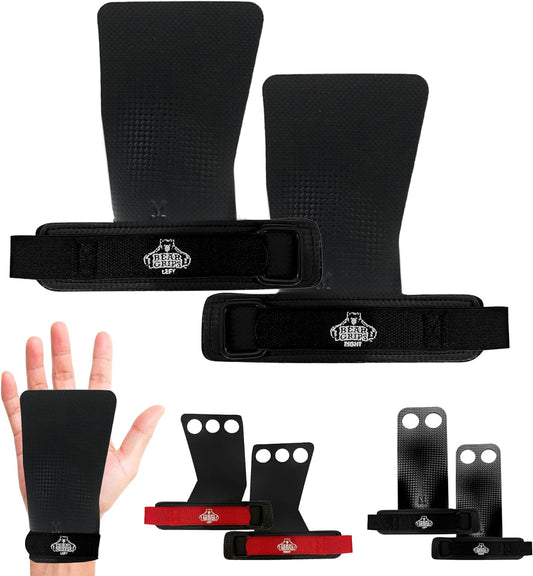
Top 5 Workout Grips with Wrist Straps: Maximize...
Elevate your workout performance with our top 5 grips featuring wrist straps for enhanced grip strength and stability.
Top 5 Workout Grips with Wrist Straps: Maximize...
Elevate your workout performance with our top 5 grips featuring wrist straps for enhanced grip strength and stability.
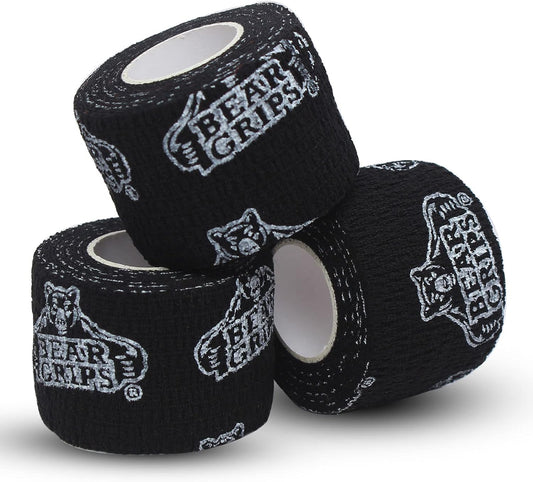
Top Weightlifting Tapes for Athletes: Essential...
Elevate your weightlifting performance with top 10 tapes. Prevent injuries and optimize your training sessions for maximum results.
Top Weightlifting Tapes for Athletes: Essential...
Elevate your weightlifting performance with top 10 tapes. Prevent injuries and optimize your training sessions for maximum results.
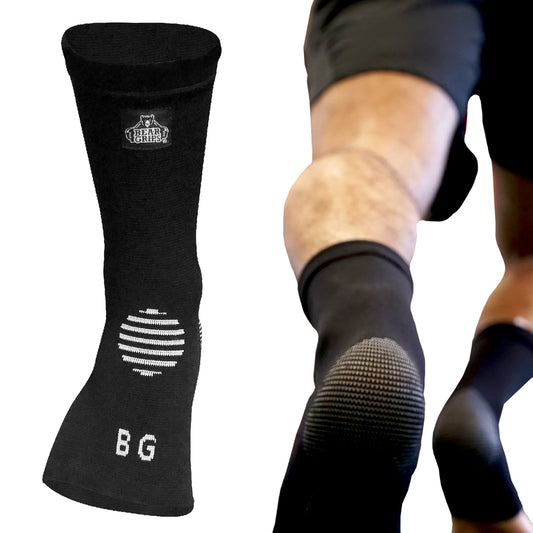
Top Ankle Compression Performance Sleeves: Enha...
Improve your athletic performance and recovery with top 10 ankle compression sleeves. Experience enhanced support and comfort.
Top Ankle Compression Performance Sleeves: Enha...
Improve your athletic performance and recovery with top 10 ankle compression sleeves. Experience enhanced support and comfort.
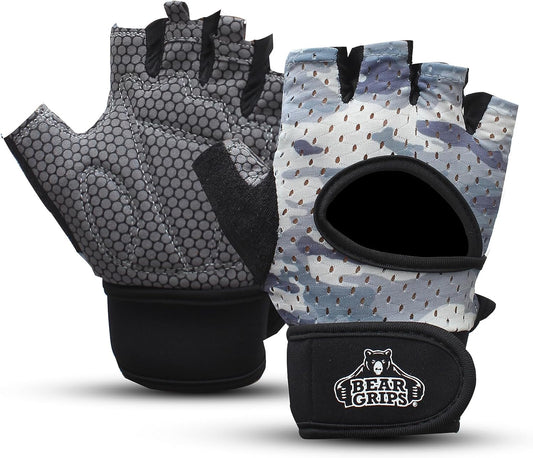
The Athlete's Guide to Choosing the Best Workou...
Find the perfect workout gloves with our comprehensive guide. Protect your hands and enhance your grip for optimal performance.
The Athlete's Guide to Choosing the Best Workou...
Find the perfect workout gloves with our comprehensive guide. Protect your hands and enhance your grip for optimal performance.
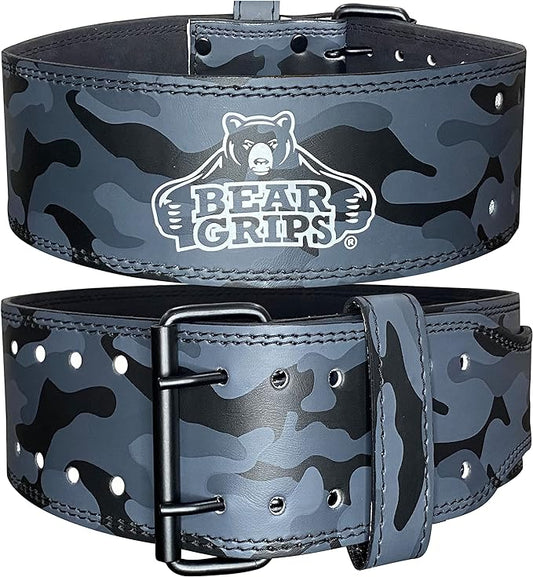
Top Lifting Belts for Serious Athletes: Which O...
Elevate your lifting game with top-rated lifting belts! Discover which one suits your needs best. Get ready to reach new heights in your workouts.
Top Lifting Belts for Serious Athletes: Which O...
Elevate your lifting game with top-rated lifting belts! Discover which one suits your needs best. Get ready to reach new heights in your workouts.
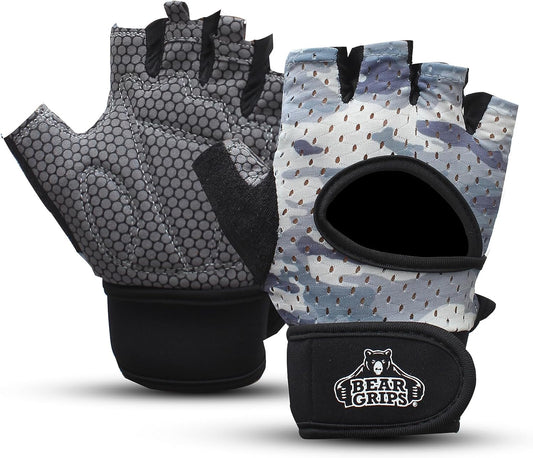
Best Gym Gloves for 2024: Protecting Your Hands...
Safeguard your hands during intense workouts with the best gym gloves of 2024. Explore superior protection and durability now!"
Best Gym Gloves for 2024: Protecting Your Hands...
Safeguard your hands during intense workouts with the best gym gloves of 2024. Explore superior protection and durability now!"


